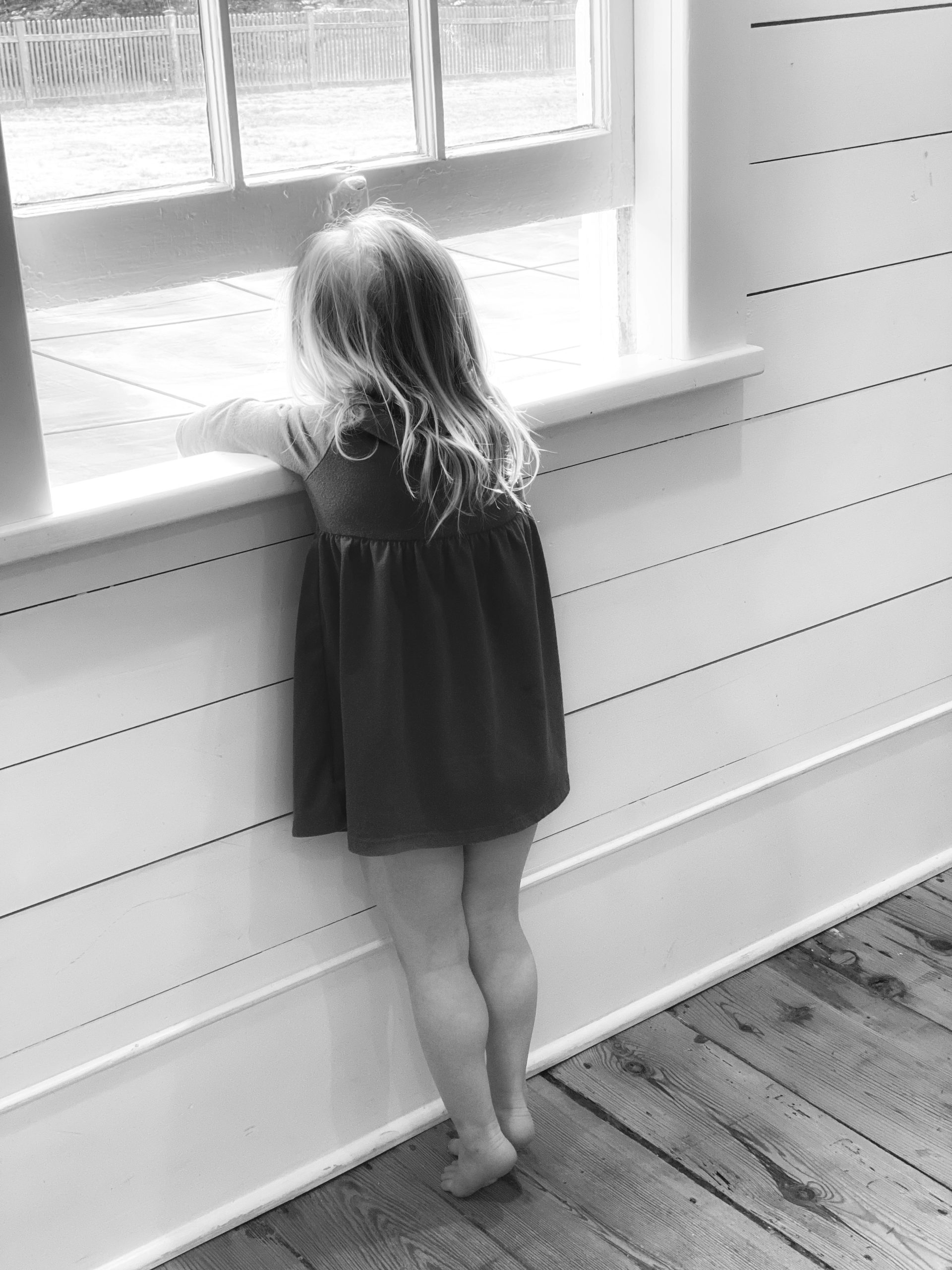10 Ways to Support an Anxious Younger Child – let’s take a look.
When your child feels anxious …
When your child feels anxious, it can be just so upsetting to see — especially when they can’t always explain what’s worrying them.
Childhood anxiety is more common than ever, and while it can feel overwhelming, there are many positive, effective ways to help your child feel calmer and more confident.
Here are 10 positive things you can do to support an anxious younger child with kindness, creativity, and practical strategies.
10 Ways to Support an Anxious Younger Child
1. Listen Without Fixing
Always start by listening — really listening. Let your child share their worries in their own words, without rushing in to solve things right away. Phrases like “That sounds really hard” or “I can see why that worries you” help them feel heard and safe.
Sometimes, being heard and knowing you are understood is the first step toward feeling calm.
2. Keep Routines Predictable
Children feel more secure when life feels steady. Try to keep bedtime, meals, and morning routines consistent. Predictability helps reduce the unknowns that fuel anxiety.
3. Use Play to Explore Feelings
Play is a child’s natural language. Role playing with dolls, teddies, or small toys can help younger kids act out worries in a safe, symbolic way. For example, a “nervous teddy” might feel better after some cuddles — just like your child.
Play helps emotions move through, rather than getting stuck inside.
4. Get Creative Together
Creative activities — drawing, painting, Lego, storytelling — give children a healthy outlet for big emotions. Try setting up a “feelings table” with paper, crayons, and calming crafts. You can even make a “worry monster” box where your child feeds in written worries, helping them release tension through fun and finding a space to park their worries till they are ready to problem solve them.
5. Model Calm
Children mirror the adults around them and emotions are contagious.
When you take deep breaths, speak gently, and stay composed, you teach your child emotional regulation by example. It’s okay to acknowledge your own feelings too: “I’m feeling a bit worried, but I know what helps me calm down.” This normalises anxiety and promotes positive ways of coping.
6. Use Calming Tools and Rituals
Simple mindfulness or breathing games work wonders. Try blowing bubbles slowly, tracing a hand while breathing in and out, or imagining blowing up a balloon inside their tummy. These playful approaches turn relaxation into something fun and accessible.
7. Spend Time Outdoors
Fresh air, movement, and nature have proven benefits for reducing anxiety in children. Walks in the park, cloud watching, or collecting autumn leaves can all help reset an anxious mind. Nature is one of the best free therapies there is.
8. Limit Overwhelm – Ways to Support an Anxious Younger Child
Busy schedules, noise, or too many screens can heighten anxiety. Build in quiet, tech-free downtime every day. Use gentle music, story time, or snuggles to help your child unwind before bed.
9. Read Together for Comfort and Coping
Books can be incredibly soothing for anxious children. Shared stories help them see that worries are normal — and that others feel the same way too. It also gives their busy breaks a brain form thinking about their own lives and allows them to relax .
10. Consider Therapy with Becky Goddard-Hill
If your child’s anxiety feels persistent or is affecting daily life, therapy with Becky Goddard-Hill can be great next step.
Becky is a qualified children’s therapist and wellbeing author who works creatively with young clients using play, art, and storytelling to help them process worries safely. Her approach is gentle, child-centred, and full of empathy — ideal for younger children who might struggle to express feelings in words.
Becky is available for sessions on zoom or in person in Nottingham,
Final Thoughts on Ways to Support an Anxious Younger Child
Supporting an anxious child is about patience, love, and small, consistent steps. Through play, creativity, and calm connection — and with professional support if needed — your child can learn that anxiety is something they can manage, not something that controls them.
With warmth, understanding, and the right tools, your child can truly begin to thrive.
Take a look at my book Create your Own Calm for a host of therapeutic ways to help your child work through anxious feelings in fun and positive ways.

